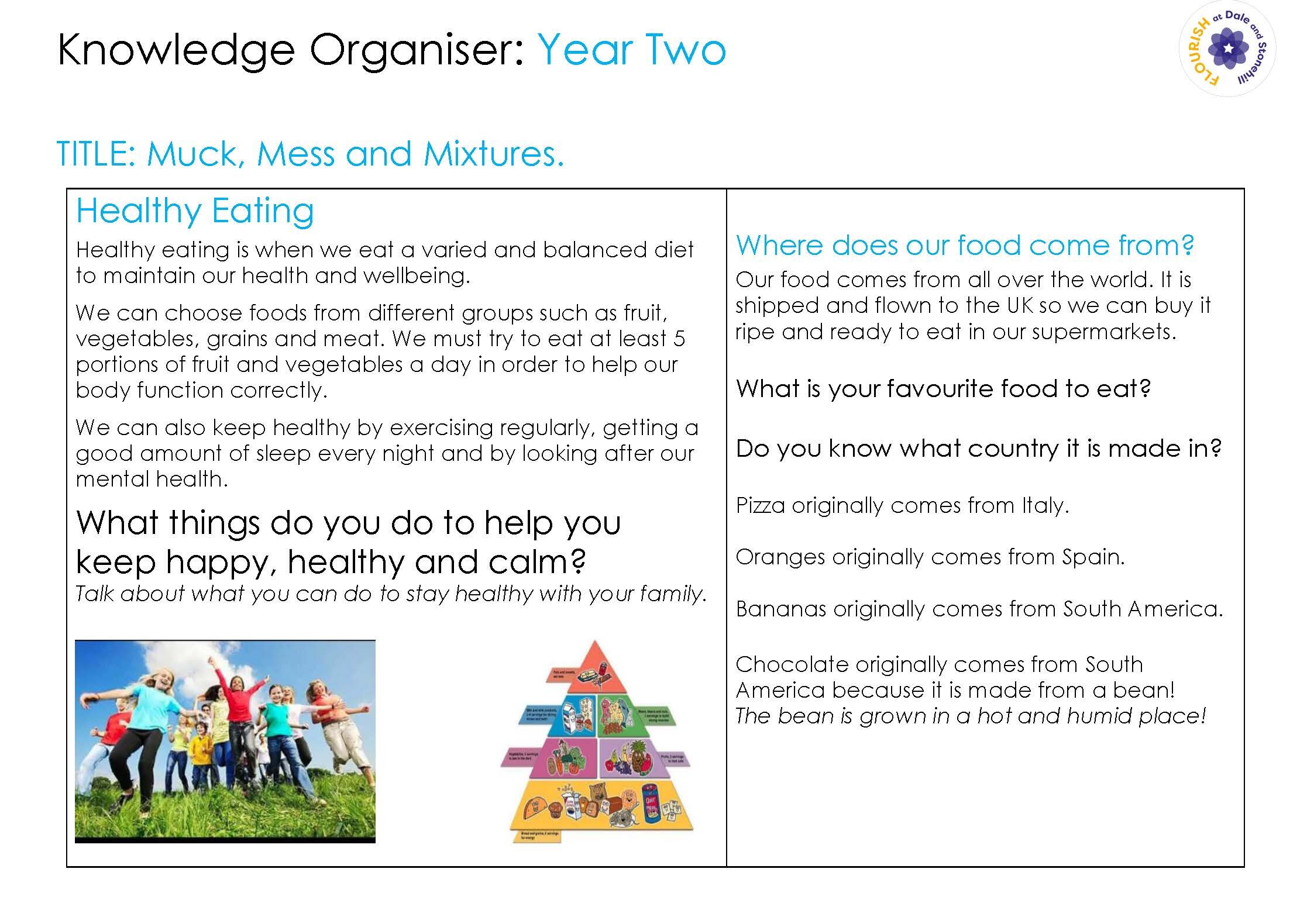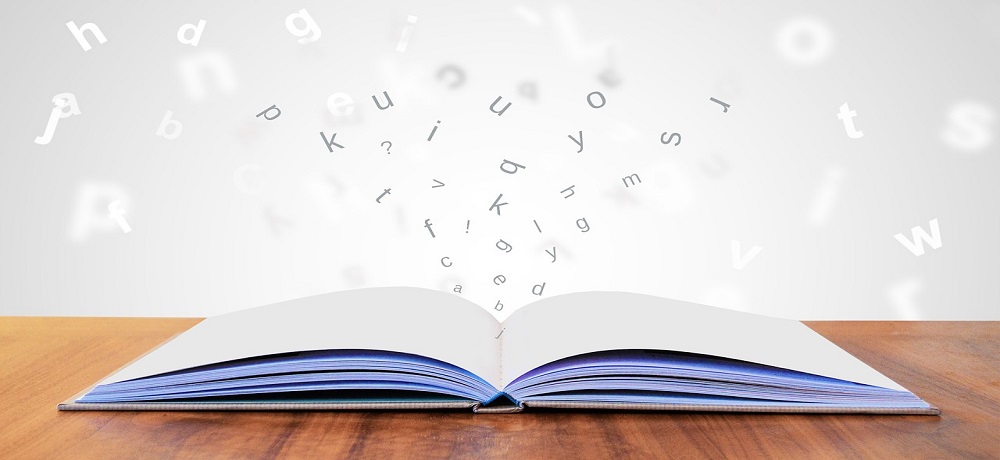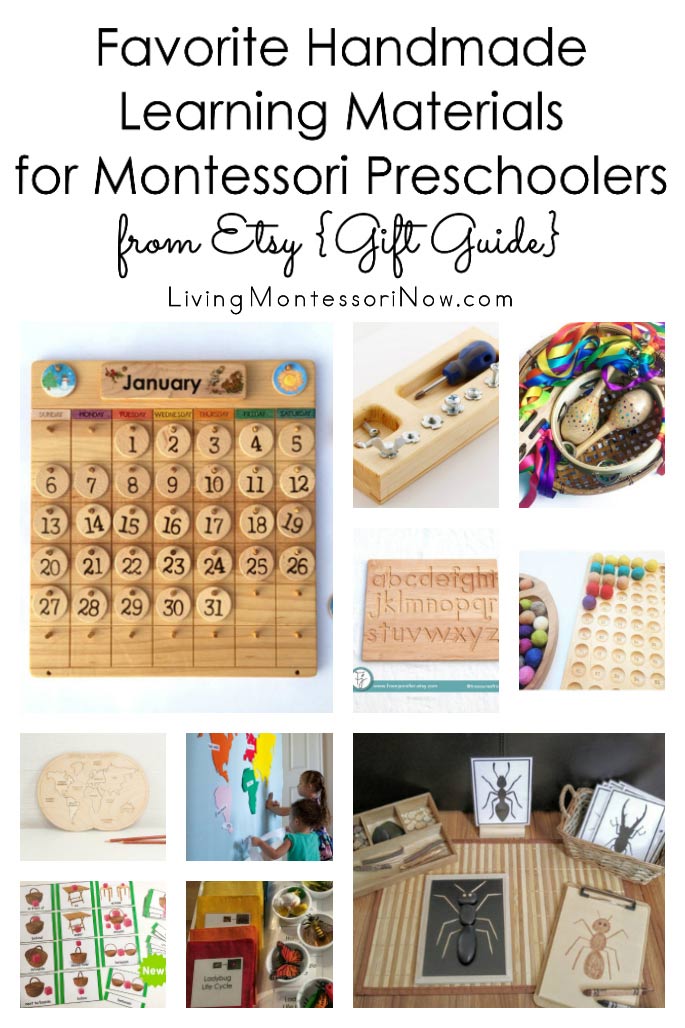Recommended Advice For Choosing Italian Kindergarten Teaching Didactics
Wiki Article
What Materials Do Italian Primary And Nursery Schools Need For Teaching?
A Italian elementary or nursery school requires various teaching tools to aid in the learning and development of their pupils. Here are a few examples of the types of materials which may be required Workbooks and texts: These are essential to teach core subjects like Italian math, language, science, and social studies.
Materials for art and craft This includes paint, brushes, crayons markers, as well as other tools students can use to create projects.
Manipulatives: Using manipulatives like blocks, puzzles, and games can help students develop their problem-solving and critical thinking skills.
Educational technology: Computers, tablets as well as other technology are used for enhancing learning and providing additional resources to students.
Visual aids, like diagrams, charts, or maps, can help students remember and grasp important concepts.
Books: A wide selection of books that are appropriate for children's age written in Italian can help encourage reading and develop language skills.
Musical Instruments: Musical instruments like xylophones (or xylophones), tambourines (or maracas) as well as other instruments can be used to help students learn the rhythm of music and appreciate it.
Safety materials include fire extinguishers and first aid kits and emergency procedures posters will ensure the safety of both the students as well as staff.
The equipment for sports can be used for use in outdoor play or physical education. It can be used even as a part of the classroom.
Italian primary elementary, secondary and nursery schools need a variety of educational materials that will create an engaging learning environment. See the top rated sostegno scuola infanzia for more recommendations.

What Are The Most Recommended Maths Educational Aids In Italian Nursery Schools?
Materials and educational aids that teach mathematics can help youngsters develop their spatial and problem-solving abilities. These are a few of the recommended materials.
Charts and numbers: Number cards and charts can be used to introduce youngsters to numbers and counting. It is possible to use large, vibrant numbers on the wall, or smaller ones for kids to hold and manipulate.
Shape manipulatives. Kids can discover different shapes through shape manipulatives. These comprise wooden puzzles, pattern blocks and magnetic tiles.
Measuring Tools: Measuring instruments like rulers (or measuring tapes), scales (or scales), and measuring tapes are used to help children develop their mathematical vocabulary and gain knowledge about measurements and comparisons.
Simple games can be played to develop the problem-solving ability of children. They also help them improve their concentration as well as their concentration.
Technology-based learning aids for students. Technology aids like tablets with math-related games and apps can help engage children in the classroom and offer them additional resources.
These materials must be appropriate for children's development, safe and suitable for children. Teachers and caregivers can use these materials to create stimulating, interactive math activities that promote children’s curiosity and their passion for learning. Follow the recommended materiale didattico matematica for website recommendations.

What Type Of Science Tools Are Required By Italian Schools To Enhance Their Instruction?
The use of science-based teaching material in Italian nurseries is an excellent opportunity to get children to explore and discover what's in the world around them. Here are some examples of the teaching of science materials that might be required curriculum and lesson plans: A well developed curriculum and lesson plan that incorporates concepts of science can help expose children to a wide variety of scientific concepts and techniques.
Visual aids and manipulatives: Charts, posters, nature specimens and magnifying glass kits are all a great way to assist children to grasp scientific concepts using the use of tactile and visual aids.
Videos and books Videos and books that are focused on topics in science like animals or plants, weather and space can help inspire children and offer additional sources for learning.
Outdoor spaces for learning. Gardens and playgrounds are excellent places for children to learn about the nature of the world.
Parents' involvement: Involving parents in the science curriculum will help reinforce the knowledge learned in nursery and promote participation of the family in the process of learning.
Assessment Tools: Assessment tools are useful for teachers and caregivers to track children's development and identify areas where more support is required.
It is vital that all materials for teaching science are age-appropriate and suitable for children of all ages. Parents and teachers can use these materials to develop engaging and interactive science activities that promote children's curiosity and passion for learning. Take a look at the top rated materiale didattico scienze sostegno for more tips.

What Geography Didactic Cards Should Italian Schools Use?
Geography-related didactic cards are a useful tool for introducing youngsters in Italian nurseries to basic concepts in geography. Some types of cards may be useful to teach geography. For example, Continents Cards. Children can learn about the different continents of the globe, their places, sizes, and their natural features.
Country Cards: Country cards give youngsters with information about different countries, such as flags, places, languages and cultures.
These cards can help kids understand landmarks, natural elements and their significance throughout the world.
Animal Card: These cards enable children to discover more about the animals of the world and their habitats. It includes information about their diet and how they behave.
Weather cards. These cards can help children understand the weather patterns and how they affect the natural environment. They also help teach children about natural disasters.
Natural resource cards: Natural resource cards can help children learn about different types of natural resources as well as their applications, such as water, forests, as well as minerals.
It is essential to choose maps that are engaging and interactive for young students. Teachers and parents can utilize these cards to develop fun and interactive geography activities which encourage children's curiosity and excitement for learning about the world as well as different world cultures. View the recommended schede didattiche geografia for more info.
